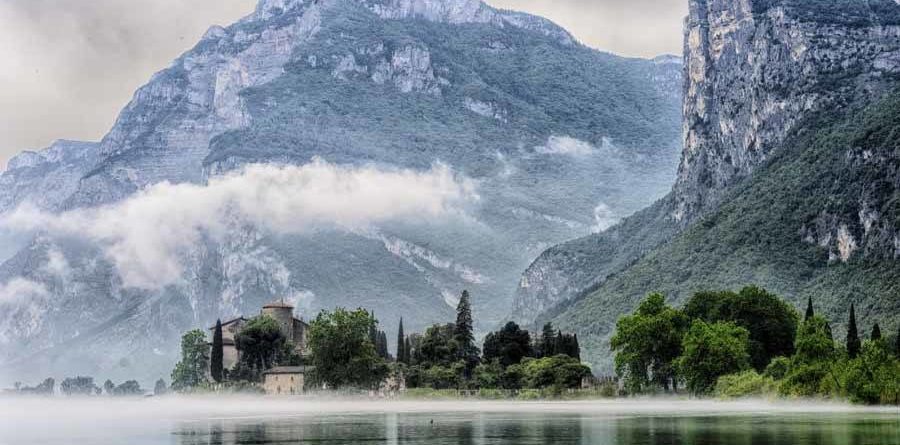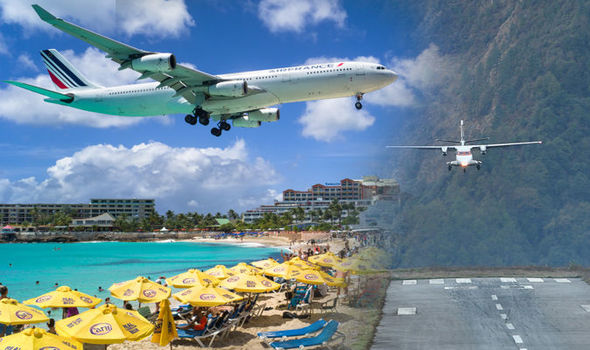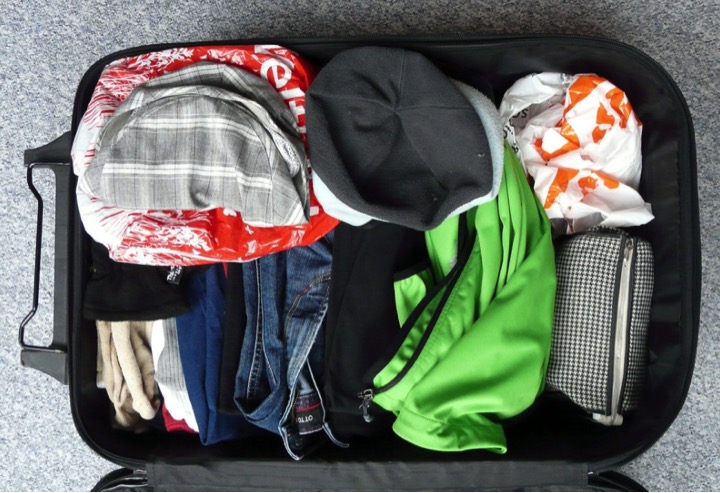
There are many worth exploring zoos in the USA. The country conserves animal kingdom with undue
importance by fostering rare species, facilitating safe watch of fear-instilling creatures, entertaining
wildlife, hiring wildlife enthusiasts, and conducting awareness programs.
It is really difficult to handpick a few, but these are the famous award-winning zoos.
San Diego Zoo
It is prominent for housing 3700 animals with 650 hereditary species and recognized for being part of
the world’s largest membership association. Giant pandas available here are rare species. As it is a wide
area, the zoo provides an aerial tram to reach the other side. This is another fabulous thing distinct from
any other zoo. One may enjoy the beauty of the treetop views and visit Balboo Park, another recreation
center with 17 museums, arts, gardens, and events.
Memphis Zoo
It is another famous zoo next to San Diego Zoo that houses 3500 animals. It conducts educational
programs about animals and other sessions. The zoo has a collection of animals from bears, sea lions,
hippos, teton treks, lairs, barns, and snakes. Oceanic species such as jellyfishes, octopus, and seashore
horses are found here.
Lincoln Park Zoo
This zoological park, located in Chicago, strives hard to conserve animal species in association with
wildlife institutions around the globe. About 1100 animals and 200 species have been housed in this
small area. Shooting was taken for the zoo scene in the film “Baby’s day out” in this zoo only. A range of
rare species like rhinoceros, Japanese macaques, and red pandas may be found, besides giraffes, zebras,
and reptiles. Currently, the zoo has acquired two African lions.
Bronx Zoo
It is one of the world’s largest urban zoos with exhibits and entertainment activities, which include even
4D films. It accommodates 6000 animals and 650 species. Exotic varieties of sea birds, bisons, gorillas,
lemurs, and reptiles can be seen here.
Henry Doorly Zoo
Located in Omaha, it is one of the top zoos in the world renowned for its leadership in wildlife
conservation and research. It houses about 17,000 animals from 962 species. It features the largest cat complex, Kingdom of the Night, Lied Jungle, and Desert Dome. The highlights of them are cat management & award for tiger husbandry, the largest nocturnal exhibit & indoor swamp, the world’s largest indoor rainforests, and one of the biggest indoor deserts, respectively.
Central Park Zoo
It is a famous zoo in Central Park in New York with exhibits, shopping, and children’s events in addition
to animal display. It was first started as a menagerie and then renovated to a public zoo. The parameter
of the zoo is full of viewer-amiable facilities like gallery, cafe, animal zones, zoo school, and children’s
zoo. A wide range of tropical species, leopards, monkeys, polar bears, and penguins are found. Visitors
may gear up for a day trip to completely spectacle the animals, engage their kids and encourage them to
participate in children’s programs, and shop.
St. Louis Zoo
It is a leader in the conservation of jungle life and research. It is home to 18,700 animals and 600
species. The exhibits here include The Bird Cage Walk-through, Caribbean Cove (shark varieties), and
River´s Edge. In the Children´s Zoo, otters, birds, frogs, snakes, and other animals may be found.
Houston Zoo
Visitors enjoy close-up views of animals in this zoo with high security. The zoo is home to more than
6,000 animals and 900 species. African animals, turtles, chimpanzees, gorillas, ostriches, tortoises,
rhinos, and zebras are found here.
Dallas Zoo
It is the oldest and largest zoo in Texas. It has an exquisite collection of African animals, gorillas, Koalas,
penguins. Along with exhibits, it features a forest and walkways through trees, pools, deep channels,
and rocks.
Cincinnati Zoo
It is the oldest zoo in the USA and known for animal conservation, research, and related programs. A list
of animals includes gorillas, hippos, zebras, African chettahs, rhinos, and pottos.
What more? Go on day tours for zoos in the USA to not only visit varieties of animals but also enjoy and
appreciate awareness programs and entertainment zones.
 No, you do not have to travel like that!
No, you do not have to travel like that!
 Get out of your comfort zone
Get out of your comfort zone






 The temples of Tikal in the middle of the jungle
The temples of Tikal in the middle of the jungle
 Granada, on the shores of Lake Nicaragua
Granada, on the shores of Lake Nicaragua
 India
India
 The war memorial in the center of Vientiane5
The war memorial in the center of Vientiane5
 The monumental complex of Angkor in Cambodia
The monumental complex of Angkor in Cambodia

 The Great Wall of China at sunset
The Great Wall of China at sunset
 Petrus site in Jordan
Petrus site in Jordan
 Christ the Redeemer
Christ the Redeemer
 The great coliseum of Rome
The great coliseum of Rome
 Machu Picchu
Machu Picchu
 The Mayan site of Chichen Itza in Mexico
The Mayan site of Chichen Itza in Mexico
 The Taj Mahal
The Taj Mahal





